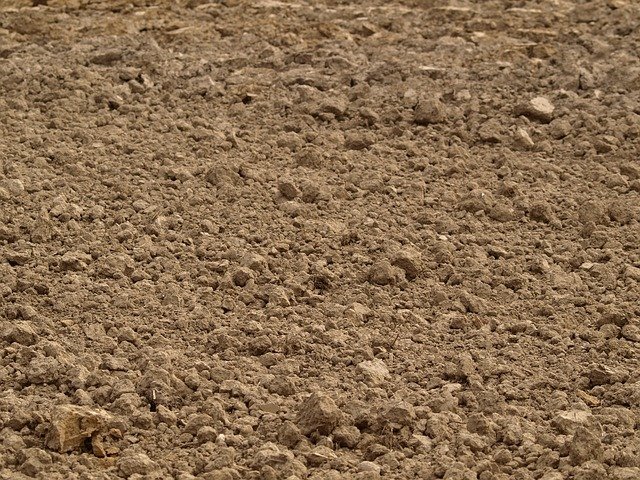Definition and Concept of soil
Concept of soil
The soil is the covering on the solid crust of the earth’s land mass. Soil is made up of broken down rock material of varying degree of fineness and changed in varying degrees from the parent rocks by the action of different agencies, such that the growth of vegetation is made possible (Fig. 1.1).
There are two basic concepts of soil. The first pedology, considers soil natural entity, a biochemically weathered and synthesized product of nature such it’s the origin of the soil, its classification and its description involved in pedology. The second edaphology, conceives of the mil as a natural habitat for plant. Edaphology is the study of the soil from the standpoint of higher plants. It considers the various properties of soils as they relate to plant growth and production.
Definition of soil
Soil may be defined as-
According to Buckman and Brady
“A dynamic natural body on the surface of the earth in which plants glow, composed of mineral and organic materials and living forms.” — Buckman and Brady
According to Joffe and Marbut
“Soil is a natural body developed by natural forces acting on natural materials. It is usually differentiated into horizons from mineral and organic constituents of variable depth which differ from the parent material below in morphology, physical properties and constitutions, chemical properties and composition and biological characteristics.” — Joffe and Marbut
According to Hilgard
“Soil is the more or less loose and crumbly part of the outer earth crust in which, by means of their roots, plants may or do find foothold and nourishment as well as all other conditions essential to their growth.” — Hilgard
According to Raman
“Soil is the uppermost weathered layer of the soil earth’s crust; it consists of rocks that have been reduced to small fragments and have been more or less changed chemically together with the remains of plants and animals that live on it and in it.” — Raman
You might interest more articles about Soil Science
Useful Agricultural Websites

